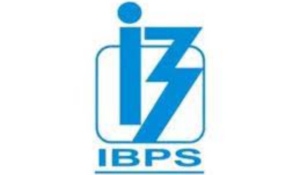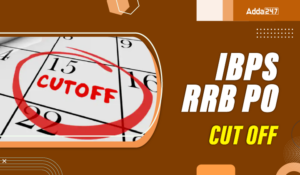FCI Recruitment 2021: Good News for all the aspirants, Bankers Adda team is coming up with Exclusive Questions of Agriculture for FCI AGM 2021 on the Adda247 app also, so download the Adda247 App now to attempt these quizzes. We have started this series on 18th March 2021. So, do attempt it daily from today and crack the FCI AGM 2021 Exam.
Q1. Rain water management on farm includes
- Terracing
- Interface treatment
- Chemical amendments
- All of the above
- None of these
Explanation:- Once rainwater has been collected, it is treated and stored for re-use. Rainwater harvesting has agricultural uses.
Q2. Indian soils are deficient in which micro-nutrient?
- Copper
- Zinc
- Potassium
- Iron
- None of these
Explanation:- At present about 48.1% of Indian soils are deficient in zinc.
Q3. Which type soil is suitable for sprinkler irrigation method?
- Alluvial soil
- Black soil
- Sandy soil
- Clay soil
- None of these
Explanation:- Sandy soils have a low water storage capacity and a high infiltration rate. They therefore need frequent but small irrigation applications.
Q4. Soil erosion can be prevented by
- Deforestation
- Afforestation
- Overgrazing
- Removal of vegetation
- None of these
Explanation:- Preventive methods of soil erosion – Afforestation Planting more trees reduces soil erosion.
Q5. Soil erosion means
- Prevention of spread of deserts
- To check soil erosion by wind and rains
- To check soil erosion by afforestation
- All of the above
- None of these
Explanation:- Soil erosion is the natural process in which the topsoil of a field is carried away by physical sources such as wind and water.
Q6. Which of the following plant is used for windbreak?
- Delonix
- Mangifera
- Eucalyptus
- Prosopis
- All of the above
Explanation:- Dense evergreen trees and shrubs planted to the north and northwest of the home are the most common type of windbreak.
Q7. In which region drip irrigation is useful
- Humid
- Dry
- High rainfall
- All of the above
- None of these
Explanation:- Used commonly in drier areas of the country, drip irrigation is becoming more popular in the Northeast.
Q8. Red color of soil due to
- Ferric oxide
- Silica
- Lime
- Feldspars
- None of these
Explanation:- Iron found within the soil is oxidised more readily due to the higher oxygen content.
Q9. The application of fertilizer in irrigation system is known as
- Fertilization
- Fertigation
- Surge irrigation
- Drip irrigation
- None of these
Explanation:- Fertigation is the injection of fertilizers, used for soil amendments, water amendments and other water-soluble products into an irrigation system.
Q10. Materials can be stored up to, in medium term storage
- 3 to 5 years
- 10 to 15 years
- 50 years
- 100 years
- None of these
Explanation:- Medium term storage 3 to 5 years.
Click Here to Attempt this Quiz on App
Also Attempt:




 IBPS RRB PO Result 2025 Out at ibps.in, ...
IBPS RRB PO Result 2025 Out at ibps.in, ...
 IBPS RRB PO Prelims Cut Off 2025, Check ...
IBPS RRB PO Prelims Cut Off 2025, Check ...
 Daily Current Affairs News: 19th Decembe...
Daily Current Affairs News: 19th Decembe...







